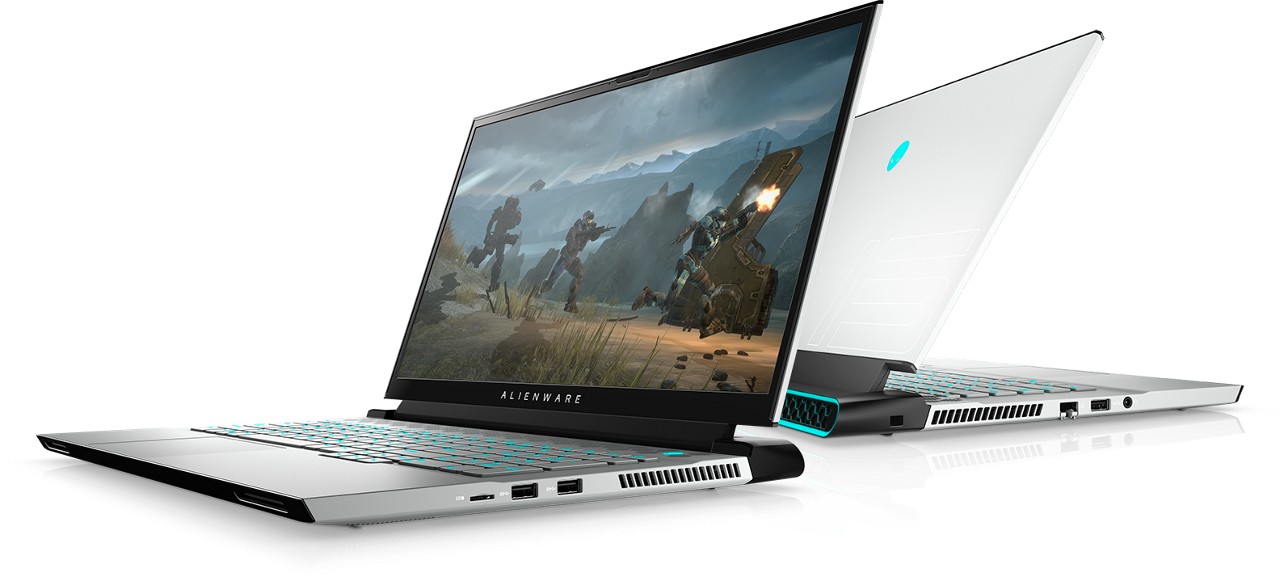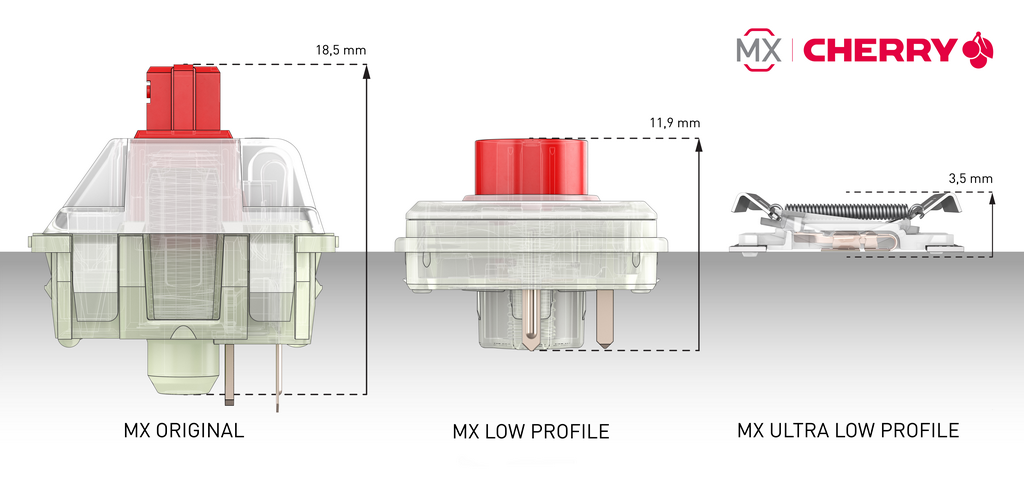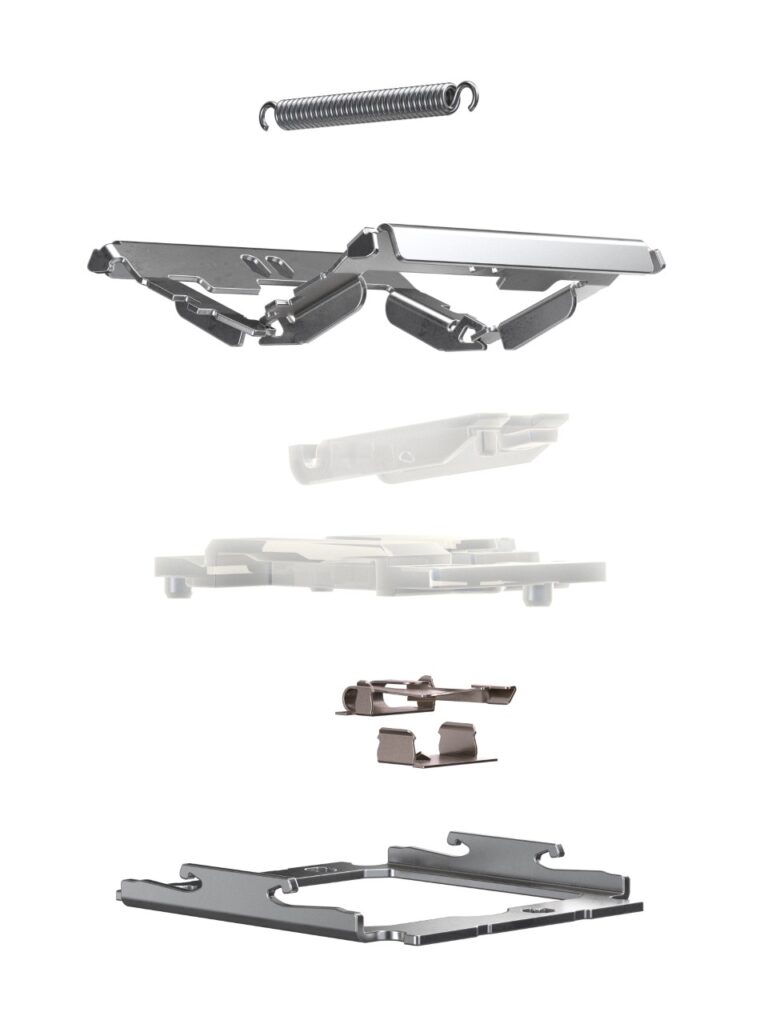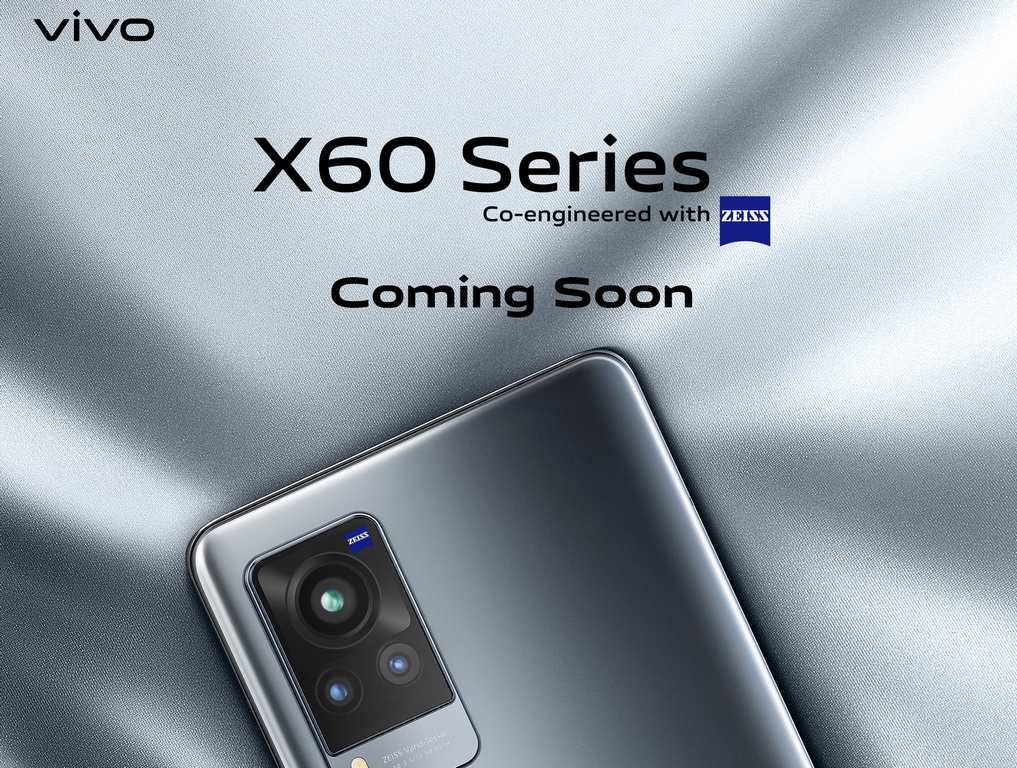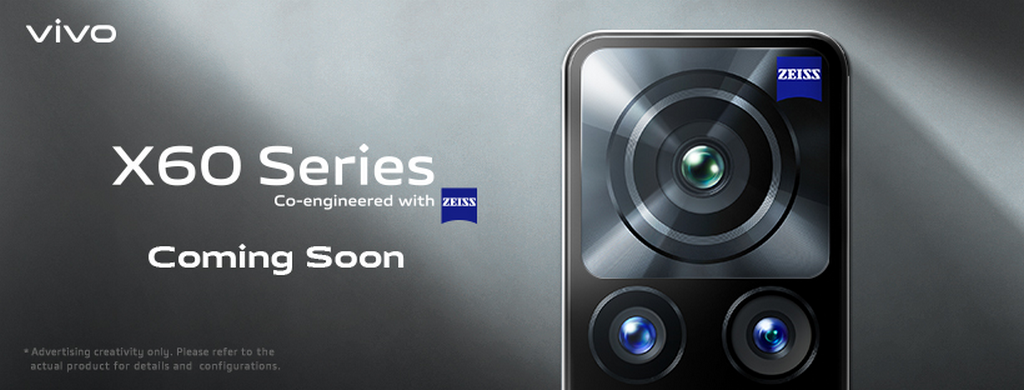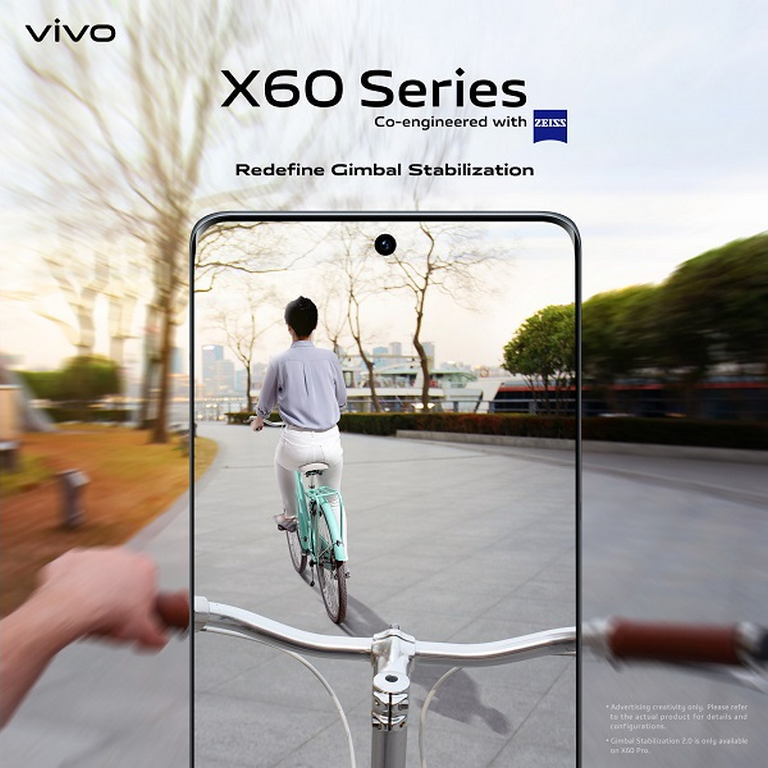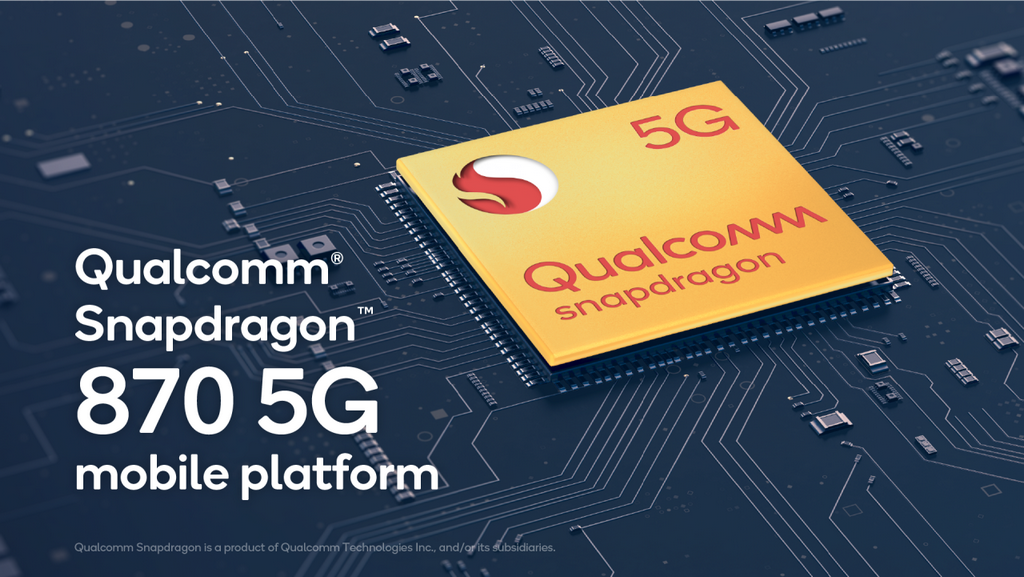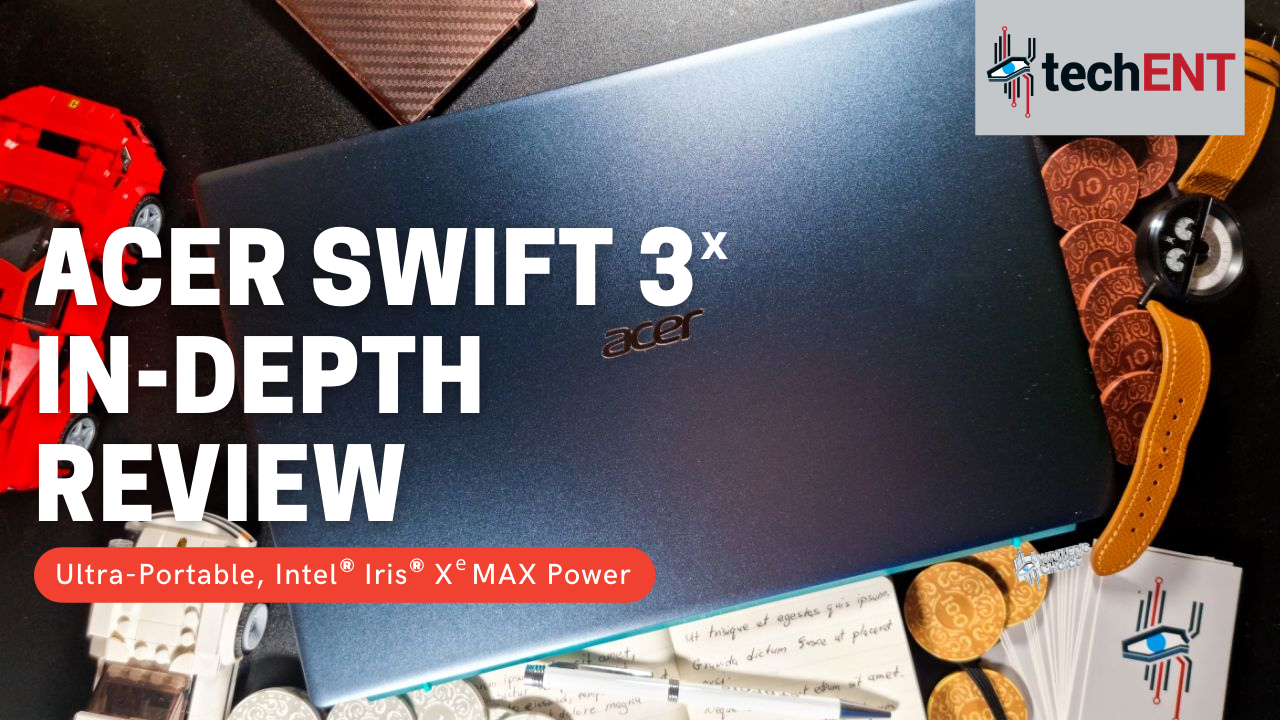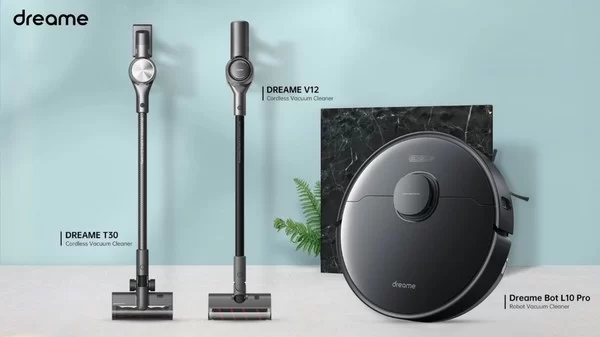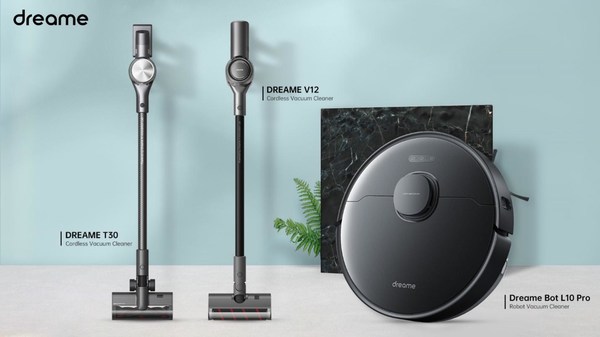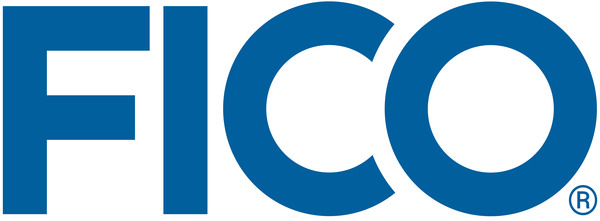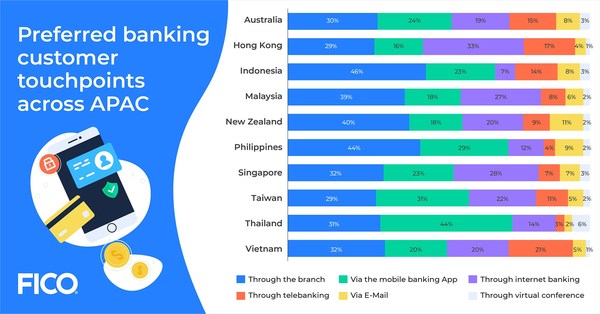SHENZHEN, China, March 22, 2021 — Huawei launches next-generation Data Center and Power Supply Solutions at the Digitally Transforming Energy Infrastructure online event, the company also interpreted the latest trends in digital power development, tackling head-on the key questions of the day, from green energy to intelligent transformation.
Make Any Room a Data Center
Huawei promised to make any room a data center as it outlined a new, smart modular data center solution for small and edge computing scenarios, including three data center products — FusionModule2000, FusionModule800, and FusionModule500 — designed for different industrial needs.
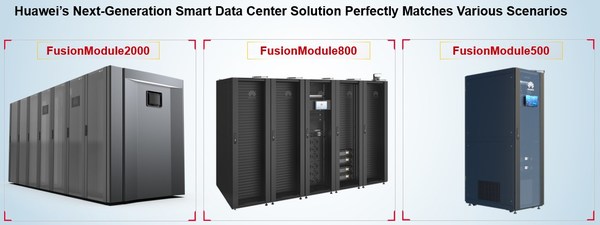
Huawei outlined a new, smart modular data center solution for small and edge computing scenarios, including three data center products – FusionModule2000, FusionModule800, and FusionModule500.
Key to the Smart Modular Data Solution, SmartLi UPS — Huawei’s smart lithium battery UPS — helps enterprises of all sizes turn any room into a data center. Doing away with the need for a traditional raised floor design, far lower requirements are placed on ceiling heights. Instead, air conditioner pipes and strong- and weak-current cables are routed from top-down, meaning that equipment can be accommodated even when ceiling heights are as low as 2.6 m, far below the 3 m minimum height required for a traditional data center. Huawei partner NetCraft Information Technology (Macau) has already adopted this solution, which NetCraft sales director Benjamin Wong praised at the event.
"With the Huawei Modular Data Center Solution, all required components are modular," Wong said. "An easy way for customers to understand this solution is to consider that each component is like a building block: You can build up your castle by adding different blocks, so you can add more blocks in the future when needed."
One Rack Supports One Megawatt of Power
In next five years, Information Technology (IT) devices will continue to evolve, with ever-higher computing power and density needed. Inevitably, Central Processing Unit (CPU) and server power requirements will also increase. To balance efficiency and costs, data centers will therefore develop toward higher density models, precisely the direction that Huawei’s ongoing Research and Development (R&D) investment has taken: namely, the implementation of a high-density, efficient, intelligent power supply and distribution system.
A direct result of that period of exploration, Huawei launched an ultra-high-density modular UPS product series — UPS5000-H — that uses a new 100 kVA/3 U ultra-high-density hot-swappable power modules. It is the industry’s first UPS that enables a single standard rack to support one megawatt of power. With high-density, high-efficiency, and intelligence, this series effectively lowers the physical footprint and reduces the number of installation labor hours needed in comparison to other UPS solutions. And, once up and running, system efficiency reaches 97%; in addition, the system is low-load and efficient in hibernation mode.
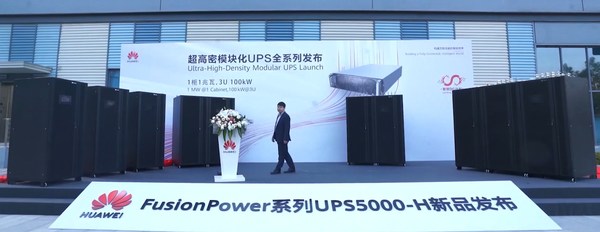
Huawei launched an ultra-high-density modular UPS product series – UPS5000-H – that uses a new 100 kVA/3 U ultra-high-density hot-swappable power modules
Making Site Power Simple
A defining trend of digital transformation is the widespread emergence of digital sites — telecom sites, edge computing sites, video sites, and more — reflecting increasing Information Communications Technology (ICT) convergence. Indeed, both Alternating Current (AC) and Direct Current (DC) power supplies are required to power diverse onsite sensing Internet of Things (IoT) devices, Communication Technology (CT) devices, and Information Technology (IT) devices. Unlike the traditional use of multiple AC and DC power systems, forming a kind of patchwork model, Huawei’s iMagicPower adopts a multi-function, integrated design, supporting solar, Diesel Generator (DG), mains, and battery as power inputs. It also provides different power output modes, including 12/24/36/48 V DC output and 24/220/380 V AC output. With all functional parts available in a modular design, precise configuration is possible and future expansion is simplified, allowing enterprises to build according to their needs and means.
For site level energy storage and backup, Huawei launched CloudLi, a fifth generation energy storage system. Compared with common lithium batteries, Huawei CloudLi offers improved performance in terms of power density and reliability, alongside a range of intelligent features to help customers reduce both Capital Expenditure (CAPEX) and Operating Expenditure (OPEX). Particularly important with staffing restrictions in place during the ongoing COVID-19 pandemic, CloudLi supports remote, intelligent Operations and Maintenance (O&M), doing away with manual tasks such as onsite inspection and onsite maintenance.
Unternehmensvorstellung Wöhrle, one of Huawei’s power system partners based in Germany, has experience of using both iMagicPower and CloudLi. The company’s Chief Technology Officer (CTO) has noted that the high reliability of the solutions ensures that they function safely in a wide temperature range even under harsh conditions, with intelligent features enabling optimal monitoring of the lithium batteries.
About Huawei
Huawei is a leading global provider of information and communications technology (ICT) infrastructure and smart devices. With integrated solutions across four key domains – telecom networks, IT, smart devices, and cloud services – we are committed to bringing digital to every person, home and organization for a fully connected, intelligent world.
Huawei’s end-to-end portfolio of products, solutions and services are both competitive and secure. Through open collaboration with ecosystem partners, we create lasting value for our customers, working to empower people, enrich home life, and inspire innovation in organizations of all shapes and sizes.
At Huawei, innovation focuses on customer needs. We invest heavily in basic research, concentrating on technological breakthroughs that drive the world forward. We have more than 194,000 employees, and we operate in more than 170 countries and regions. Founded in 1987, Huawei is a private company fully owned by its employees.
For more information, please visit Huawei online at www.huawei.com or follow us on:
http://www.linkedin.com/company/Huawei
http://www.twitter.com/Huawei
http://www.facebook.com/Huawei
http://www.youtube.com/Huawei
Related Links :
http://www.huawei.com



